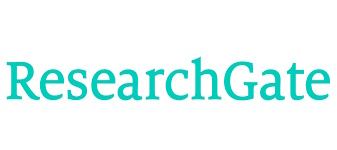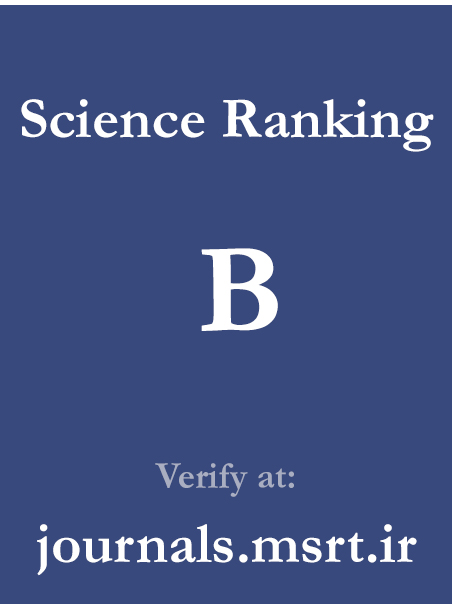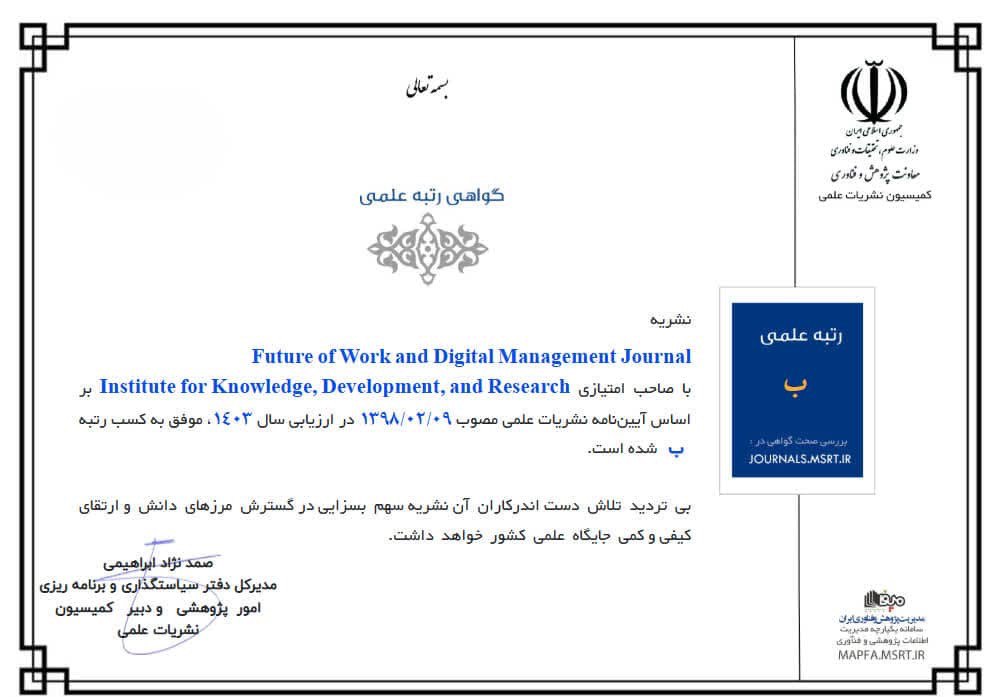Presenting a Model for Digital Marketing with an Emphasis on Artificial Intelligence in the Insurance Industry
Keywords:
Digital marketing, Artificial intelligence, Insurance industryAbstract
The present study aims to propose a model for digital marketing with an emphasis on artificial intelligence in the insurance industry. This research is categorized as a qualitative study, and the qualitative strategy employed is grounded theory. The statistical population in the qualitative section comprises 20 experts and managers from the insurance industry. The findings of the qualitative section were analyzed using MaxQDA 2020 software and were categorized into causal conditions, central phenomenon, intervening conditions, contextual conditions, strategies, and consequences. The causal conditions for presenting the digital marketing model with a focus on artificial intelligence in the insurance industry include: technological infrastructure, technological innovation, and digital culture. The contextual conditions consist of organizational culture, managerial structure, and legal and economic environment. The central phenomenon includes digital transformation in marketing, artificial intelligence in marketing, and digital integration in the insurance industry. The intervening conditions affecting the proposed model involve human factors, customer insight, and environmental challenges. The strategies include: interactive strategy, service personalization, digital brand development, and data analysis. The consequences are categorized into individual outcomes, organizational outcomes, cultural outcomes, and technological outcomes.
Downloads
References
[1] T. Arumugam, R. Arun, S. Natarajan, K. K. Thoti, P. Shanthi, and U. K. Kommuri, Unlocking the Power of Artificial Intelligence and Machine Learning in Transforming Marketing as We Know It. IGI Global, 2024, pp. 60-74.
[2] S. K. Kotha, "The Transformative Impact of Artificial Intelligence and Machine Learning on Marketing Operations," International Journal of Scientific Research in Computer Science Engineering and Information Technology, vol. 10, no. 6, pp. 176-182, 2024, doi: 10.32628/cseit24106166.
[3] S. A. Basit, B. Gharleghi, A. U. Rehman, P. K. Tee, K. Batool, and K. Nawaser, "The Impact of Digital Products and Artificial Intelligence on Sustainable Marketing Methods," pp. 1-24, 2024, doi: 10.4018/979-8-3693-5668-5.ch001.
[4] R. K. Behera, "Empowering Co-Creation of Services With Artificial Intelligence: An Empirical Analysis to Examine Adoption Intention," Marketing Intelligence & Planning, vol. 42, no. 6, pp. 941-975, 2024, doi: 10.1108/mip-08-2023-0412.
[5] W. George, J. Oliver, L. William, and Brown, "Exploring the Use of Artificial Intelligence in Personalizing Marketing Campaigns," 2024.
[6] M. Masoudi, "Understanding the Role of Artificial Intelligence in Personalized Marketing Strategies," in The 2nd International Conference on Sociology, Social Sciences and Education with a Future-Oriented Approach, Bushehr, 2024. [Online]. Available: https://civilica.com/doc/2037913/.
[7] M. T. Tran and R. C. Ho, "Utilization of Artificial Intelligence in the Digital Marketing Industry," pp. 195-222, 2024, doi: 10.4018/979-8-3693-5668-5.ch008.
[8] M. Fallah Noushabadi, V. Kazemi, F. Farahi, A. Raheb, and M. Mazouchi, "The Role of Artificial Intelligence in Personalizing Marketing Efforts," Strategic Research in Education and Training, vol. 28, pp. 361-369, 2024. [Online]. Available: https://en.civilica.com/doc/2153195/.
[9] I. O. Eshiett and O. E. Eshiett, "Artificial Intelligence Marketing and Customer Satisfaction: An Employee Job Security Threat Review," World Journal of Advanced Research and Reviews, vol. 21, no. 1, pp. 446-456, 2024, doi: 10.30574/wjarr.2024.21.1.2655.
[10] N. S. Ghazvini, E. Nazari, N. Z. M. Salleh, and R. Baharun, "The Role and Application of Artificial Intelligence in Neuromarketing Research Based on Electroencephalography (EEG)," International Journal of Academic Research in Business and Social Sciences, vol. 14, no. 12, pp. 1556-1567, 2024, doi: http://dx.doi.org/10.6007/IJARBSS/v14-i12/24111.
[11] H. Alizadeh and M. Jalali Filshour, "Proposing a Mixed Model of a Digital Marketing in the Financial Services Sector with an Emphasis on Artificial Intelligence Tools," 30th National and 11th International Conference on Insurance and Development, 2023. [Online]. Available: https://www.sid.ir/paper/1086101/fa.
[12] M. Jalali Filshour and H. Alizadeh, "Presenting a digital marketing model based on artificial intelligence in the field of financial services with a data foundation approach," in The First National Conference on Digital Transformation, Banking and Insurance, 2022. [Online]. Available: https://civilica.com/doc/1578810/.
[13] W. Suryathi and N. W. R. Mariani, "Revitalizing Marketing Strategies Through the Use of Artificial Intelligence: Analysis of the Effect of Personalization, Market Data Analysis, and Campaign Automation on Sales Conversions," Escalate, vol. 1, no. 02, pp. 101-108, 2024, doi: 10.61536/escalate.v1i02.25.
[14] A. Singh, "The AI Revolution: How Artificial Intelligence Is Reshaping Marketing Strategies," Interantional Journal of Scientific Research in Engineering and Management, vol. 08, no. 04, pp. 1-5, 2024, doi: 10.55041/ijsrem31793.
[15] I. S. Pramesworo, F. A. Alijoyo, L. Judijanto, Y. Setianti, and H. Susanto, "Analysis Of The Interaction Between Marketing Communication Strategies And Economic Factors In Consumer Decision Making: Integrating Microeconomic Perspective And Communication Theory," International Journal of Artificial Intelligence Research, vol. 8, no. 1.1, 2024. [Online]. Available: http://ijair.id/index.php/ijair/rt/captureCite/1145/527.
[16] A. Ocak, "Integration of Generative Artificial Intelligence With Emotional Artificial Intelligence in Marketing," pp. 235-261, 2024, doi: 10.4018/979-8-3693-6145-0.ch010.
[17] M. A. Torabi, S. M. S. Milani, and E. Abbasian, "A Critical Review of Post-Human-Centered Marketing Structures: Beyond Digital Marketing and Artificial Intelligence," Intelligent Marketing Management, vol. 5, no. 3, pp. 2-10, 2024. [Online]. Available: https://www.magiran.com/paper/2774350/a-critical-review-of-post-human-centric-marketing-structures-beyond-digital-marketing-and-artificial-intelligence?lang=en.
[18] C. Triteos, C. Halkiopoulos, and H. Antonopoulou, "The Influence of Artificial Intelligence on Social Media Marketing - A Conceptual Review," ICCMI E-Proceedings, 2024, doi: 10.12681/iccmi.7590.
[19] A. Lyndyuk, I. Havrylyuk, Y. Tomashevskii, R. Khirivskyi, and M. Kohut, "The Impact of Artificial Intelligence on Marketing Communications: New Business Opportunities and Challenges," Economics of Development, vol. 23, no. 4, pp. 60-71, 2024, doi: 10.57111/econ/4.2024.60.
[20] P. Kamkankaew, "How Artificial Intelligence Is Helping Businesses Grow and Thrive: The Transformative Role of Artificial Intelligence in Thai B2C Digital Marketing," Ijsasr, vol. 4, no. 1, pp. 137-164, 2024, doi: 10.60027/ijsasr.2024.3651.
[21] M. Malenko, "Integration of Artificial Intelligence With Web3 Technologies for Affiliate Marketing: Review and Analysis," Pidvodni Tehnologii, vol. 1, no. 14, pp. 62-70, 2024, doi: 10.32347/uwt.2024.14.1205.
[22] S. A. A. Kharis, "Unveiling the Potential of Artificial Intelligence in Digital Marketing for Universitas Terbuka," E3s Web of Conferences, vol. 483, p. 03014, 2024, doi: 10.1051/e3sconf/202448303014.
[23] I. Ponomarenko, "Artificial Intelligence in Digital Marketing," Sf, vol. 155, no. 3, pp. 58-70, 2024, doi: 10.31617/1.2024(155)04.
[24] M. Nazari, A. Heydarzadeh, and I. Mostasharnezami, "Investigating the Acceptance of Marketing with Artificial Intelligence in the Hotel Industry (Kish Island Hotels)," in The 2nd National Conference on Marketing (New Approach), Mashhad, 2024. [Online]. Available: https://civilica.com/doc/2131597/.
[25] J. Tauheed, A. Shabbir, and M. S. Pervez, "Exploring the Role of Artificial Intelligence in Digital Marketing Strategies," Journal of Business Communication & Technology, pp. 54-65, 2024, doi: 10.56632/bct.2024.3105.
Downloads
Published
Submitted
Revised
Accepted
Issue
Section
License

This work is licensed under a Creative Commons Attribution-NonCommercial 4.0 International License.








